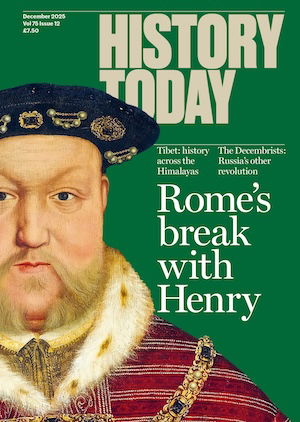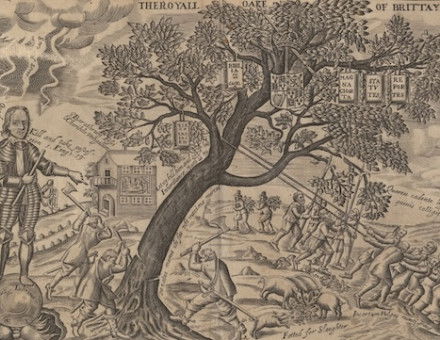The consecration of Westminster Abbey
The church was consecrated on December 28th, 1065.
The Collegiate Church of St Peter at Westminster, now known as Westminster Abbey, is officially neither an abbey nor a cathedral. Elizabeth I made it a Royal Peculiar in 1560, which means that the dean and chapter answer directly to the sovereign. It is certainly royal and also peculiar in the sense of remarkable. English and later British kings and queens have been crowned there for centuries. Some of them have been married there and many buried in it, too, and the building is packed with the tombs and monuments of famous people.





